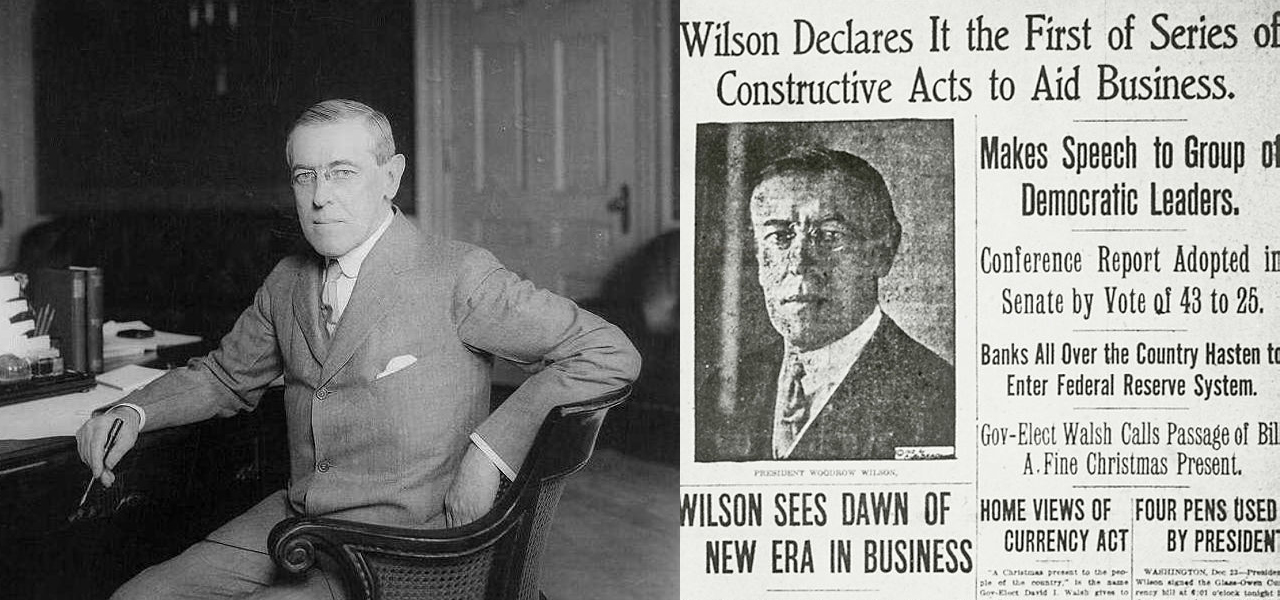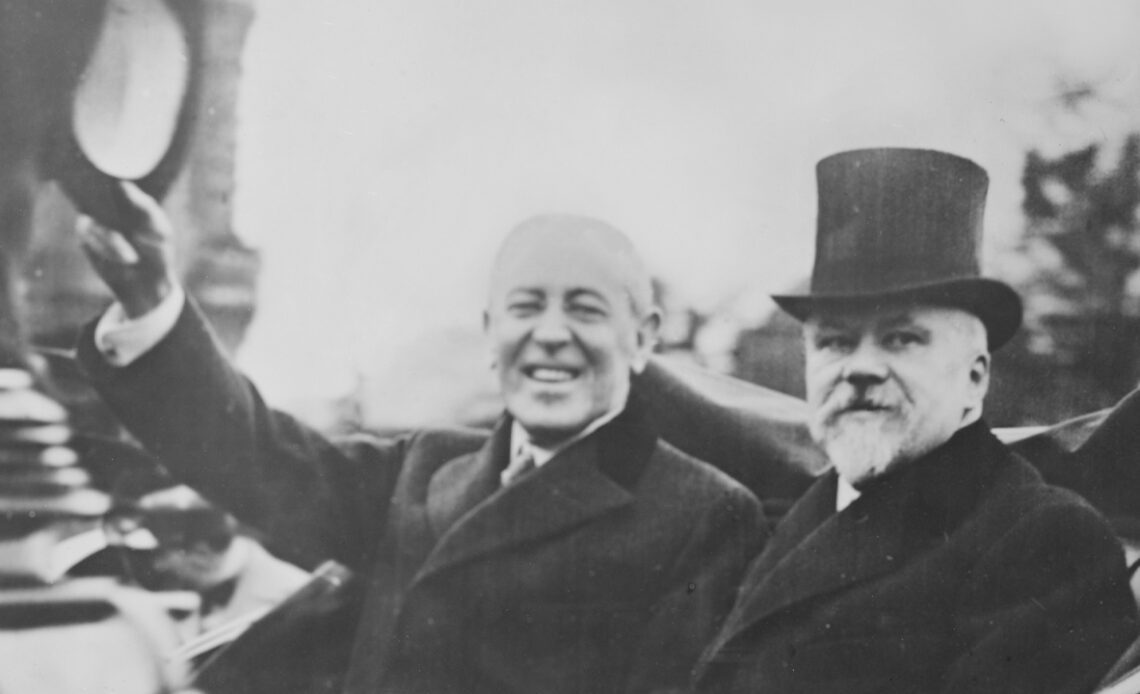109 years ago, the U.S. Federal Reserve was created and ever since that day, the purchasing power of the U.S. dollar has dropped a great deal. Since the Fed started, more than 96% of the greenback’s purchasing power has been erased via inflation.
The Purchasing Power of the U.S. Dollar After the Creation of the Federal Reserve on Dec. 24, 1913 Dwindles Lower
During the last hundred years, economists have blamed the U.S. Federal Reserve for a great deal of America’s rising inflation. American economist and social theorist Thomas Sowell referred to the Fed as a “cancer,” and former politcians like Ron Paul have called on the masses to abolish the Fed. Prior to the creation of the Fed on Dec. 23, 1913, America had two central banks the preceded the current U.S. central bank.
The first U.S. central bank started in 1791 which was the First Bank of the United States, a financial institution charted by Congress at the time. The second attempt to create a central bank in America was in 1816 with the formation of the Second Bank of the United States. The third central bank is the current financial institution we know of today called the Federal Reserve and it was officially created 109 years ago just before Christmas Eve.
Because of the Panic of 1907, Americans at the time were convinced that a central bank was needed. A secret set of meetings on Jekyll Island that included America’s top financial elites and the so-called ‘Money Trust’ crafted the foundations of the Federal Reserve system. The American people were kept in the dark about the meetings between senator Nelson Aldrich and the ‘House of Morgan.”

The secret Jekyll Island meetings took place on Nov. 20, 1910 and Nov. 30, 1910. The House of Representatives voted on the Federal Reserve Act on December 22, 1913, the U.S. Senate voted on the act the next day, and President Woodrow Wilson signed the act into law on Christmas Eve. Ever since this point, the greenbacks Americans use that claim to be a ‘promissory note’ backed by the U.S. Federal Reserve, have lost considerable value.
Furthermore, some would say that “only if the pace of money expansion surpasses the pace of increase in the production of goods will we have a general increase in prices.” However, some individuals would also insist that other types of government interference like irrational spending, sanctions, and regulations can make the price of goods and services rise unnaturally.
Statistics show that…
Click Here to Read the Full Original Article at Bitcoin News…
























